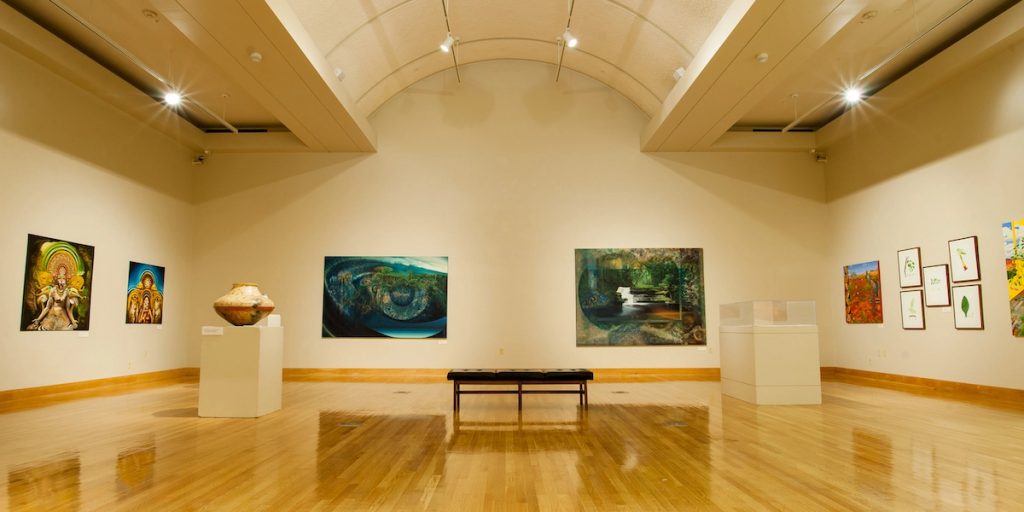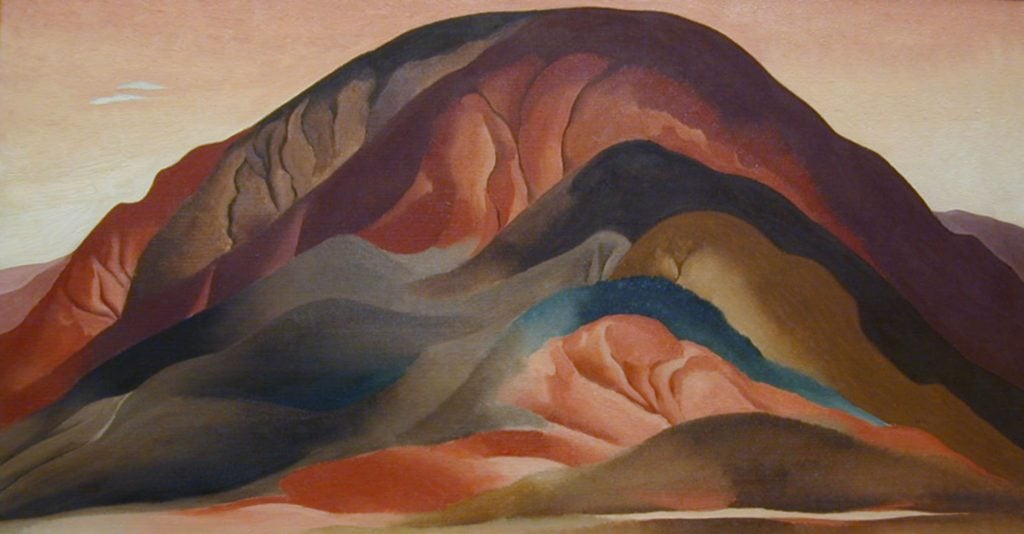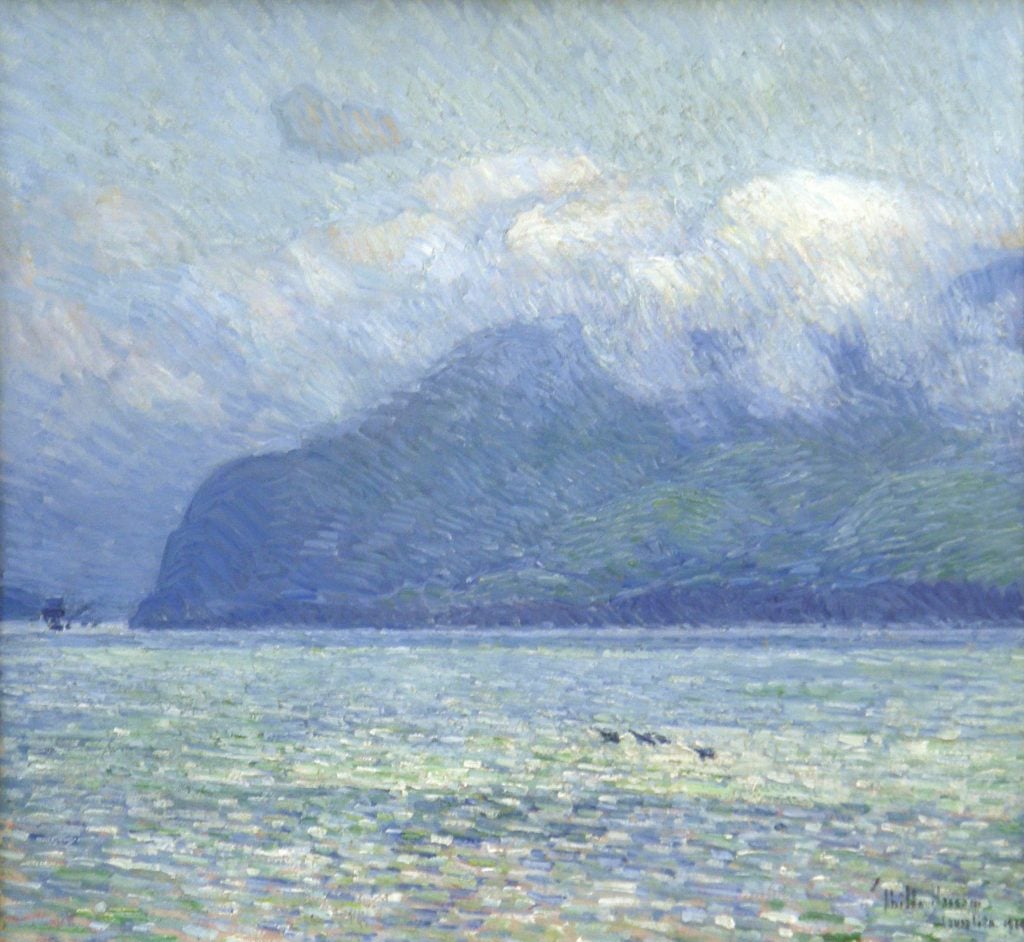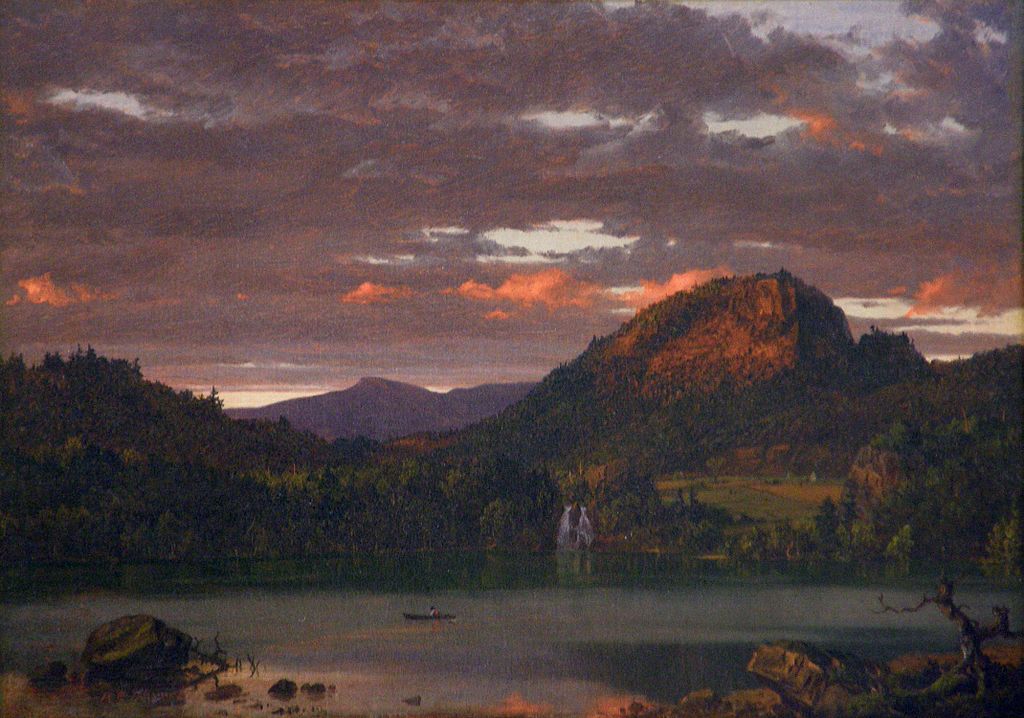Museums & Institutions
Brauer Museum Shutters Amid Deaccessioning Controversy
The university still plans to go ahead with the sale of three artworks, citing a budget shortfall and possible soup activism.

The university still plans to go ahead with the sale of three artworks, citing a budget shortfall and possible soup activism.

Brian Boucher

Update (7/1/2024): This story has been updated to include the museum’s statement.
Indiana’s Valparaiso University has shuttered the Brauer Museum of Art and dismissed its director, Jonathan Canning, amid ongoing controversy over the university’s plan to sell three artworks to fund renovations of its freshman dormitories. The school’s president, José Padilla, first notified the school of the possible sale in February 2023, citing a projected $9 million deficit for 2023–2024 and falling enrollment, from 4,500 to less than 2,800 over the past five years.
News of the museum’s closure and Canning’s departure was reported in ArtDaily. The Chicago Post Tribune reported Canning’s dismissal, as well as 13 other layoffs in a “restructuring.”
“The museum is not permanently closing,” said Michael Fenton, director of communications. “We will reopen in the fall after reorganizing the leadership structure.” The museum’s website indicates that it is temporarily closed, giving no further information. Canning did not immediately respond to an email requesting comment.

Georgia O’Keeffe, Rust Red Hills (1930). Collection of the Brauer Museum of Art at Indiana’s Valparaiso University.
The three artworks—Georgia O’Keeffe’s Rust Red Hills (1930), Frederic E. Church’s Mountain Landscape (1865), and Childe Hassam’s The Silver Veil and the Golden Gate (1914)—are estimated to be worth as much as $20 million in total. The O’Keeffe alone was appraised at $15 million in 2016.
“In terms of museums selling works of art out of their collection to fix budgetary shortfalls, it is a losing strategy,” says Kristina Durocher, visual arts director of fine arts at the University of Massachusetts and president of the executive committee of the Association of Academic Museums and Galleries. “The university is up against other forces, such as larger market forces, and selling the works and closing the museum are not going to solve those. Students that are selecting that university are going there for the excellence of its programs, and you diminish that educational experience when you let those great paintings go. It’s not a winning strategy to attract students.”
Of Canning’s dismissal, Durocher adds, “Selling these paintings has been a goal of the university for a long time, and Jonathan was standing in the way of their being able to do that. He rallied people and petitioned against the sale.”
Many in the community were outspoken in their opposition to the sale. Faculty voted against the move. Founding director Richard Brauer and retired law professor emeritus Philipp Brockington filed a suit to stop the sale in April, but a judge rejected the suit in October over lack of standing.

Childe Hassam, The Silver Veil and the Golden Gate (1914). Collection of the Brauer Museum of Art at Indiana’s Valparaiso University.
The school has echoed other universities in its arguments about selling the canvases, not only in citing a budget shortfall but also saying that the artworks are not central to the museum’s core mission of educating students. The renovated dorms, it argued, would bring in more students, their tuition helping to meet the shortfall. The modernization, with features like central air conditioning, may cost as much as $20 million, according to Valparaiso.
In response to that argument, the Association of Art Museum Directors, the American Alliance of Museums, the Association of Academic Museums and Galleries, and the Association of Art Museum Curators issued a joint statement condemning Valparaiso’s plans, saying, “That a campus museum exists within the larger ecosystem of its parent educational institution does not exempt a university from acting ethically, nor permit them to ignore issues of public trust and use the museum’s collections as disposable financial assets.”
But Valparaiso has also made two unusual claims in arguing that it cannot hold on to the canvases, one based on danger to the works and the other based on the terms of the trust that provided the funds for their purchase.
In May, the university filed a petition with Porter County, saying that it should be allowed to sell the paintings because it cannot keep them safe, citing possible future soup-flinging demonstrations by “activists” (which appears in scare quotes in the petition) like those who have targeted the Mona Lisa and a Vincent van Gogh Sunflowers. To pre-empt such actions, the university moved the artworks to a secure off-site location in September.

Frederic E. Church, Mountain Landscape (c. 1849). Courtesy of the Brauer Museum of Art at Indiana’s Valparaiso University.
Renovating the museum so that the paintings are secure, it argued, could cost as much as $100,000, and annual salaries for security guards and front desk staff would total $150,000, it said, adding that the museum has no full-time security staff at present.
The May petition also argues that two of the paintings are too radical for the collection, since a trust established in 1953 by Percy H. Sloan to support acquisitions stipulated that the funds be used only to acquire “conservative” artworks. The gift consisted of cash along with 467 artworks, 365 of them by Sloan’s father, Hudson River School painter Junius Sloan, and many others from the same group.
While Sloan himself donated the Church canvas, the museum’s acquisition of the Hassam and O’Keeffe works goes against the terms of the donation, said the university, which then argued that it should be released from all other provisions of the bequest, including that any funds from the sale of artworks go back into the trust.
“The O’Keeffe and Hassam paintings are not conservative,” noted the petition in bold type, since O’Keeffe was a Modernist and Hassam an Impressionist. But, the petition continued, Brauer inappropriately convinced the committee that administered the funds to depart from the stricture to buy only conservative works.
Brauer did not immediately respond to an emailed request for comment.
Furthermore, said the petition, the Brauer “is a museum in name only,” since it is unaccredited and belongs to no professional organization, and thus is not bound by the rules that typically govern museums.
Sally Yerkovich, a professor of museum anthropology at New York’s Columbia University, says that that argument doesn’t hold water.
“The Codes of Ethics for the American Association of Museum, the Association of Art Museum Directors and the International Council of Museums set standards for museums, nationally and internationally,” she said. “It is expected that all museums comply with these codes, whether the museums are accredited or not. To dismiss these Codes, all of which set rigorous professional standards concerning the use of funds from deaccessioning, and say that they don’t apply to the Brauer is disingenuous.”
The university proposes to include, in a renovated dormitory, the “Sloan Gallery of American Paintings,” in which students can view the remaining paintings from the collection that are sufficiently “conservative.” This move, along with the modernization of the dorms, argued the school, will increase enrollment to “historic levels.”